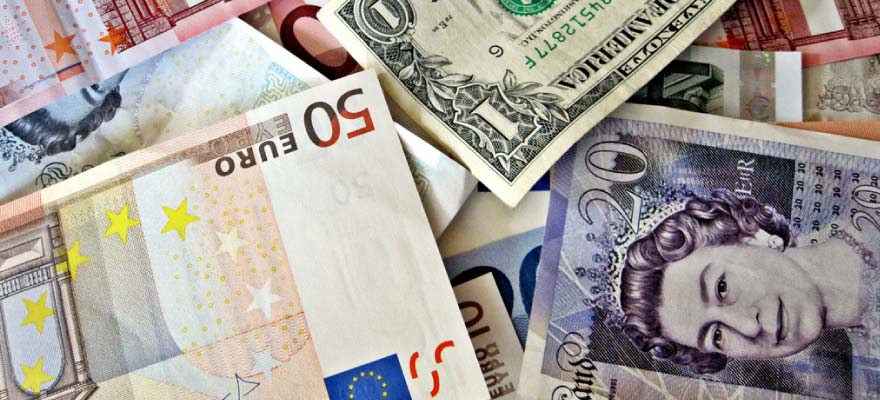Called the ‘biggest thing since the internet’ and the ‘new gold’, bitcoins have received their share of praise since being created. So what exactly are bitcoins and what is the truth about them.
Pure Peer to Peer
Created in 2008 and launched live in January 2009 by the currently unidentified Satoshi Nakamoto, bitcoins are a peer to peer (P2P) distributed digital payment network and currency. When created, Nakamoto envisioned a digital currency which could be freely transferred between two people or institutions without the need of a trusted third party intermediary. The solution would replace the existing network of online transactions which used a third party such as a bank or credit card company to facilitate a cash transfer between two partners. The theory being that a pure peer to peer online cash network would be more efficient and require substantially less fees than existing solutions.
Enter Bitcoins
As a solution, Nakamoto created what he called bitcoins, a system that is the combination of a digital currency, distributed public ledger called the Blockchain , and electronic wallets/addresses.
As a currency, each bitcoin has its own digital signature which identifies it, similar to serial numbers appearing on physical bills or coins. Bitcoins are stored in electronic addresses, with each having its own unique identity. Last, the public ledger blockchain is used to record which address owns each bitcoin and is updated when a transfer takes place between two parties. Combining all of the pieces together, the bitcoin network provides a payment solution where users can transfer digital currencies directly to each other, with transactions being recorded on the public ledger.
Blockchain and Double Spending
Among the key innovations of bitcoins was the use of the blockchain. While electronic currencies existed well in advance of bitcoins, they primarily were based on a central issuer to create new ones as well as operate the transaction network. In replace of a central body, the blockchain is a public ledger that can be operated on anyone’s computer to confirm bitcoin transactions.
As a distributed system, bitcoin transactions are being validated on thousands of computers simultaneously. Every time bitcoins are sent from one address to another, the transaction is sent to the network for confirmation. At this point, each computer that is operating a blockchain receives the new transactions and checks to ensure that the sender owns the bitcoins before confirming the payment. Upon confirmation, the blockchain updates itself to register the new owners of the transferred bitcoins. By constantly updating itself, the bitcoin network prevents users from double spending bitcoins that they have already sent, as such transactions would be rejected by the blockchain.
While the blockchain sounds like a clever idea to monitor transactions and ownership of bitcoins, the fact of the matter is that it requires it to be run on multiple computers to keep it operational.
Mining
Providing a solution, Nakamoto added a process of incentivizing parties to run the bitcoin network on their computers. In reward for providing the network computer power being part of the contributing to the decentralized public ledger that is the blockchain, after each ‘block’ of confirmations, the bitcoin network creates new bitcoins. In addition, users can elect to add transaction fees when sending bitcoins to speed the payment process.
Upon each completed block, the newly minted bitcoins, as well as fees are collected and rewarded to the first blockchain operator who solves a new mathematical algorithm. Called miners, these providers of computer power to the overall network also simultaneously operate software which solves the aforementioned algorithms which are used to determine the recipient of the new bitcoins.
Conclusion – Technology Plus Currency
More than just a new electronic currency, the advent of bitcoins introduced a decentralized method of digital transfer of money. It is this innovation, and the ability to send Payments around the globe without the need of financial intermediaries that many view as a leading technological breakthrough, as it can change the way the world handles money. An area where bitcoins are specifically citing as adding value are with cross border transfers which are often filled with expensive fees due to the necessity of existing payment networks needing to comply with financial regulations of multiple jurisdictions. In addition, local online merchants who are charged around 2.5% for credit card transactions can reduce charges when transacting with bitcoins.
Learn more about bitcoins and other digital currencies on the DC Magnates resource portal






















